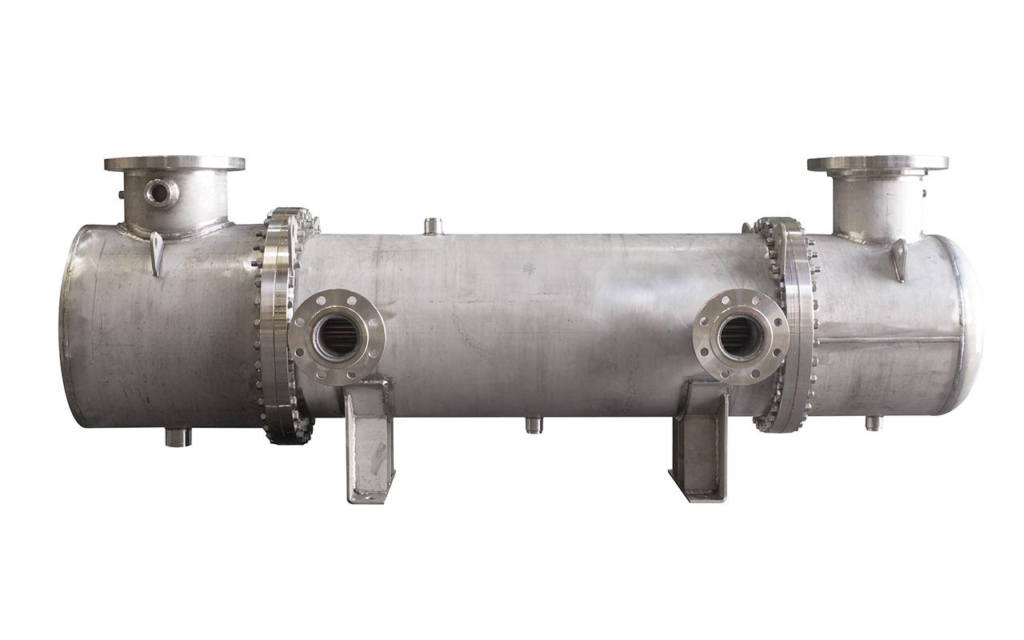A heat exchanger is a mechanical device that transfers thermal energy from one medium to another. The media are generally separated by a partition to avoid contact between each other. Heat exchangers are widely used in power plants, chemical plants, petroleum refineries and industrial applications such as refrigeration, air conditioning, sewage treatment, and natural gas processing. The classic internal combustion engine is the best example of a heat exchange. The engine coolant flows in a circular motion through the radiator coils and air flows past these coils to cool the engine.
The analysts forecast the global heat exchanger market to grow at a compound annual growth rate (CAGR) of 6.46% during the period 2017-2021.
Indeed, according to Heat Exchangers Market Report published by Allied Market Research, The global heat exchangers market was valued $12.61 billion in 2015 and is projected to reach $20.12 billion by 2022.

Tremendous rise in the renewable energy sector over the past few years is at a surge for the heat exchanger industry owing to various ongoing projects for improving power generation capacity, especially with a rapid increase in development of industry in emerging nations in Asia-Pacific and Latin America, where governments have to constantly upgrade their power generation capacity in order to meet the demand from industries and households. The consequences: many new power plants powered by steam and gas turbines are commissioned, thereby acting as an emerging factor for the growth of the market.
Here are 6 key findings of the market study:
– In terms of value, the shell and tube type is anticipated to show the highest growth rate of 7.3 percent during the analysis period;
– Latin America is projected to maintain its lead throughout 2022 and is projected to grow at a CAGR of 7.2 percent, in terms of value;
– The chemical industry segment occupied approximately one-fourth of the total market in 2015;
– France occupied around one-eighth of the total European heat exchangers market in 2015;
– In terms of value, Japan is expected to grow at a CAGR of 7.7 percent from 2016 to 2022.
– In 2015, Asia-Pacific and Europe collectively accounted for more than half of the total heat exchangers market and are expected to continue this trend due to increases in demand for heat exchangers in petrochemical and oil and gas industries, specifically in China, India, Japan, Brazil, and other developing countries.






